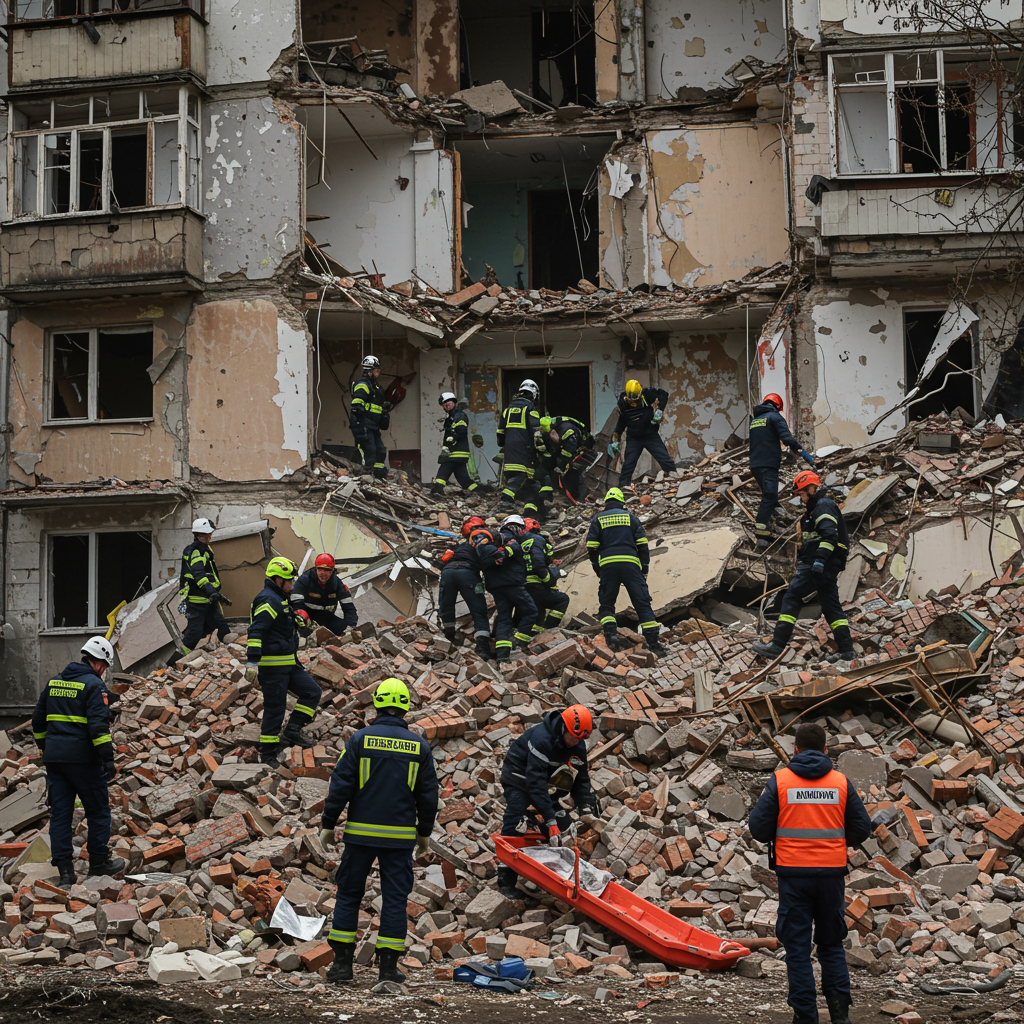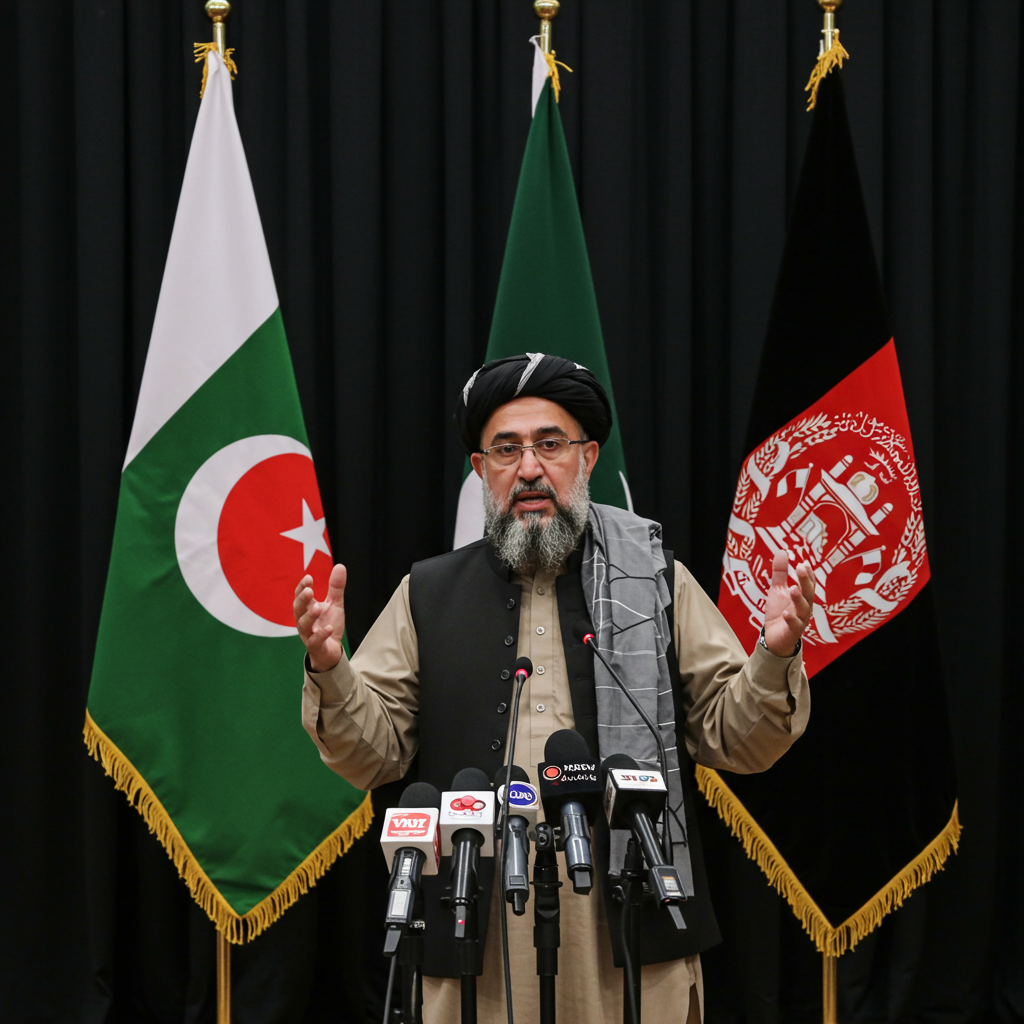Escalation in Ukraine: Deadly Strikes Coincide with Crucial NATO Summit
In a brutal two-day period, Russian forces launched a barrage of attacks across Ukraine, killing dozens of civilians and injuring hundreds. These strikes, described by Ukrainian officials as among the deadliest in recent months, occurred just as Ukraine’s allies began gathering for a pivotal NATO summit in The Hague, Netherlands. The timing underscores the ongoing intensity of the conflict and Russia’s apparent disregard for diplomatic efforts.
Cities and regions across the country bore the brunt of the assaults. In Dnipro, a massive ballistic missile strike on Tuesday killed at least 17 people and wounded a staggering 279, including many children. Local officials reported unprecedented damage, with nearly 50 buildings, including residential blocks, schools, and medical facilities, sustaining damage. The scale of destruction and casualties overwhelmed emergency services. A passenger train carrying 500 people was also hit. Just the day before, a strike on an apartment building in Kyiv killed at least 10 people, including a mother and her 11-year-old daughter, and wiped out entire families, leaving a 16-year-old nephew as the sole survivor in one case. Beyond these major cities, deadly attacks were reported in Sumy, Kherson, Donetsk, and Odesa regions, adding dozens more to the casualty count.
Adding to the escalating attacks on Ukrainian soil, Ukraine has increasingly launched its own drone strikes targeting sites within Russia, including residential buildings in Moscow and an oil depot in the Rostov region.
Zelensky’s Diplomatic Offensive at NATO
Ukrainian President Volodymyr Zelenskyy was in The Hague for the NATO summit, engaging with European leaders and addressing the Dutch parliament. Despite Ukraine not being a NATO member, its aspiration to join remains a key point of tension with Russia, which views NATO’s eastward expansion as a security threat.
At the summit, Zelenskyy pressed allies for increased military support and investment in defense production, particularly advocating for weapons manufacturing within Europe. He delivered a stark message regarding the state of the conflict, stating unequivocally that there are “no signs that Vladimir Putin wants to end this war” and that Russia “rejects all peace proposals, including those from the US.” Zelenskyy asserted that Putin “only thinks about war,” seemingly linking his political survival to the continuation of hostilities.
Navigating Stalled Peace Talks and Shifting Global Attention
The latest wave of deadly attacks further complicates already stalled peace negotiations. Efforts by the United States to broker a ceasefire have yielded little progress, and Ukraine accuses Russia of actively sabotaging peace deals and violating smaller agreements, such as a US-Ukraine brokered halt on energy infrastructure attacks.
The summit unfolds against a backdrop of shifting global attention, particularly towards heightened tensions between Israel and Iran in the Middle East. While a tentative ceasefire had been announced, alleged violations quickly reignited conflict. This broader geopolitical landscape, including attacks on US bases in the region, has consumed significant focus, potentially leaving Ukraine’s pleas for support less prominent. Zelenskyy’s presence at the summit aimed to ensure Ukraine remains at the forefront of international priorities, a point echoed by allies who stressed the importance of not letting attention slip away from the conflict with Russia.
The Russia-Iran Connection: Fueling the War
President Zelenskyy also used the platform at NATO to highlight Russia’s crucial ties with Iran, specifically regarding the supply of drones. He reported that Russia has launched nearly 29,000 Shahed drones against Ukraine since 2022, with thousands fired in the current month alone. Zelenskyy contended that Russia “could never have done this without its ties to the Iranian regime.”
Iran has indeed been a significant backer of Moscow since the 2022 invasion, supplying vast numbers of drones and potentially ballistic missiles, and even assisting in setting up a drone factory in Russia. While Zelenskyy emphasized the material support enabling Russia’s aerial campaign, analysis from institutions like the Institute for the Study of War suggests Russia’s ability to offer direct, non-diplomatic support to Iran may be constrained by its ongoing war in Ukraine, indicating a complex and perhaps limited strategic partnership beyond the specific arms supply.
As the summit progresses, discussions among NATO members are expected to focus on boosting military spending and solidifying long-term support for Kyiv. Countries like Norway have already announced specific pledges, including significant funding for drones and drone technology, recognizing their vital role in Ukraine’s defense against relentless Russian aggression. The severe civilian casualties witnessed in the days leading up to and during the summit serve as a grim reminder of the urgent need for sustained international support.




